Carlos Jose Hernandez and Joshua Zuazo were sentenced to life without the possibility of parole in the 2024 murder of Hussein “Sam” Murray.
To brand or not to brand?
Should jewelers ditch big-name labels and start promoting their store’s heritage as the “real brand?” Columnist Peter Smith dives into the great debate.

I read a piece this week on LinkedIn that implored independent retailers to stop buying brands. The writer was unapologetically negative about brands and argued that making the store’s heritage the “real brand experience” was the answer to driving more people into the stores and generating more business.
In the interest of full disclosure, I should note that I presently make a living by helping retailers to brand themselves, but I have spent large chunks of my career on the branded side.
To that end, I am keenly aware of the great frustration that retailers have with many of the brands. The retailers often perceive that the brands are engaging in ever-more predatory practices, with demands to always buy more “stuff,” increase case space or build environments, send in sales reports on demand, champion new products before they have been tested or proven successful, spend more money on advertising and, ultimately, leave them alone at the altar when it comes to dated inventory. And, just when you think there couldn’t be any more demands, they sprinkle a little salt into your wounds by decreasing your margins.
Alas, the frustration cuts both ways. On the branded side, the vendors get very frustrated when their best-selling SKUs are not replenished, when memo sales are not reported, when the brand is not advertised, when bills don’t get paid on time and when they think the retailer has not provided a quality sales team to ensure success.
On a recent trip to the Midwest I heard from two retailers, both of whom were very brand-centric, complain bitterly about the increasing demands that were being placed on them by the big brands. Actually, it might be more accurate to say that the demands were coming from some big brands and from some, well … not-so-big brands.
The retailers’ exasperation at the perceived predatory practices of the brands was palpable. The two retailers expressed real annoyance at the never-ending litany of requests, requirements and reports that come at them from their branded vendors.
I’ll leave the discussion of what constitutes a “real brand” for another day, but what the best brands do (and they don’t have to be heritage or legacy brands) is to provide an emotional context for both the customer and the astute salesperson. Great brands also offer a very practical way to present products, tell stories and engage the
Shinola is a good example of a brand (without real heritage) that is telling a great story--Detroit manufacture and resurgence--and it seems to be resonating with retailers and customers alike. The brand has little to no history to tap into and yet it has generated an exciting buzz that translates to the sales floor.
Pandora, of late in the news for ending relationships with some of the people who “brought them to the dance,” played a very important role in helping many retailers survive the depths of the recession. Despite the chorus of “we’re in the jewelry business, not the bead business” from many retailers, the simple truth is that the brand was singularly responsible for creating traffic and generating cash flow when it was most needed.
On a lesser scale, and certainly in a much-improved environment, Alex and Ani is helping to drive traffic into retail doors today and, one would hope, creating an opportunity for retailers to meet new customers and to convert those customers into loyal patrons for other jewelry purchases.
Then, of course, there’s the industry giant, Rolex. Or, as the late Allen Brill referred to the company he led, “The Crown.” They continue to serve as the standard by which all other brands and “wannabe brands” aspire to. Despite the scope of the “ask,” Rolex enjoys a revered place in the industry and there would be few retailers, if they are being perfectly honest, who would not want to have Rolex in their stores.
When executed well, having the right brands, and telling brand stories, can be a gift to salespeople and can provide an important catalyst to elevate the customer experience. It also can elevate the perception of your store to your current and target customers. And, notwithstanding the few exceptions, it is also a way to protect margins, ensure consistency of product, provide exciting training content and provide differentiation for the retailer.
Believing, as the author of the aforementioned LinkedIn article intoned, that you ought to discard brands in favor of building upon your own heritage is, in my view, naïve. It presupposes that your heritage--with all due respect--matters one whit to young people today and any worthwhile retailing marketing strategy today must target millennials if the business is to sustain and grow.
The author wrote that the retailer should make the “store’s heritage, the real brand” and, with the utmost respect, that’s bunk. The Apple stores are not successful because of their heritage. Young people do not visit Starbucks because it was important to their grandparents. And even heritage brands like Tiffany & Co. and Polo are not successful because they have been around since 1837 and 1967, respectively.
These brands are successful, where many others have fallen short, because they are relevant to people today. Those brands speak to young customers in a way that resonates, both aesthetically (product) and narratively (what they say.) They don’t rely on the fact that they have been around for a long time and they do not approach their product development, marketing or staffing as though they are entitled to the business.
While your heritage can, and should, be a part of your messaging (has anyone done a better job than Tiffany in this regard?), what you really need to ask yourself is, why would a young person shop with you today? What is it that you do that is relevant to millennials?
Do you have products (brands or otherwise) that matter to them? Do you have people on your team that can relate to millennials? Does your marketing speak to a younger consumer? Have you created a truly energized environment that speaks to today’s consumer, or are you still doing the same things you were doing 10 and 20 years ago?
I was in Dallas this week and I asked a local retailer if he was getting young shoppers. He replied, “We deal more with the nearly-dead than the newly wed.” After the cursory chuckle, I re-phrased the question by asking him what he was doing to make sure that he was relevant to young people. His response was, “We have survived for 25 years.”
My reserves of cursory chuckles dried up at that point and I could almost hear the sucking sound of irrelevance, as I witnessed the advanced stages of another quiet demise.
Peter Smith, author of Hiring Squirrels, has spent 30 years building sales teams at retail and working with independent retailers to offer counsel and advice. He also has worked in both retail and wholesale with companies such as Tiffany & Co. and Hearts On Fire. He can be reached at Dublinsmith@yahoo.com and on LinkedIn.
The Latest

Yood will serve alongside Eduard Stefanescu, the sustainability manager for C.Hafner, a precious metals refiner in Germany.

The New Orleans jeweler is also hosting pop-up jewelry boutiques in New York City and Dallas.

How Jewelers of America’s 20 Under 40 are leading to ensure a brighter future for the jewelry industry.

Set in a Tiffany & Co. necklace, it sold for $4.2 million, the highest price and price per carat paid for a Paraíba tourmaline at auction.


The jeweler’s “Deep Freeze” display showcases its iconic jewelry designs frozen in a vintage icebox.
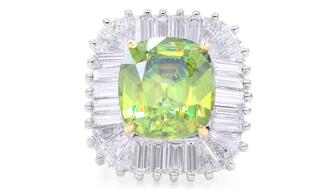
Take luxury gifting to new heights this holiday season with the jeweler’s showstopping 12-carat sphene ring.

Roseco’s 704-page catalog showcases new lab-grown diamonds, findings, tools & more—available in print or interactive digital editions.

This year's theme is “Unveiling the Depths of the Ocean.”

In its annual report, Pinterest noted an increase in searches for brooches, heirloom jewelry, and ‘80s luxury.

Starting Jan. 1, customers can request the service for opal, peridot, and demantoid garnet.

The 111-year-old retailer celebrated the opening of its new location in Salem, New Hampshire, which is its third store in the state.

The new catalog features its most popular chains as well as new styles.

The filmmaker’s personal F.P. Journe “FFC” prototype was the star of Phillips’ recent record-setting watch auction in New York.

The new location in the Design District pays homage to Miami’s Art Deco heritage and its connection to the ocean.
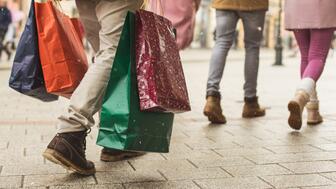
Inflations, tariffs, and politics—including the government shutdown—were among consumers’ top concerns last month.
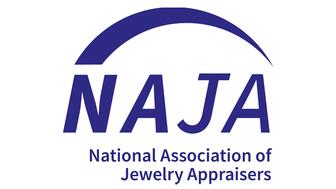
“Longtime favorite” presenters, as well as first-time speakers, will lead talks and workshops at the annual event in Tucson next year.

Silas Smith of Meridian Metalworks won the challenge with his pendant that blends Australian and American landscapes.

The sale of the 31.68-carat, sunset-hued stone was part of Sotheby’s first series of events and auctions in Abu Dhabi.
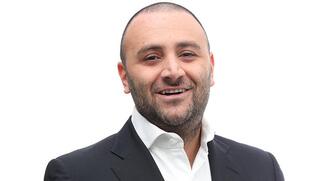
Most customers who walk into your store this month have made up their minds. Your job is to validate their choice, Emmanuel Raheb writes.

The collection features characters and motifs from Ukrainian folklore, including an enchanted mirror and a magic egg.
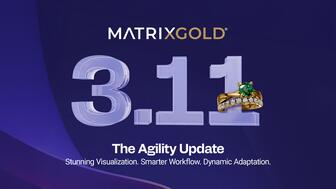
MatrixGold 3.11, the newest version of the jewelry design program, offers more flexibility, precision, and creative control.

The pavilion will be part of the 2026 JA New York Spring show, scheduled for March 15 to 17.
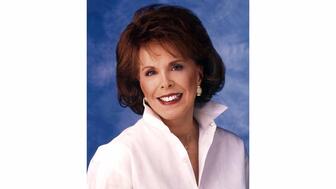
Kadet, a 1994 National Jeweler Retailer Hall of Fame inductee, helped grow the family-owned retailer in the Chicago area and beyond.
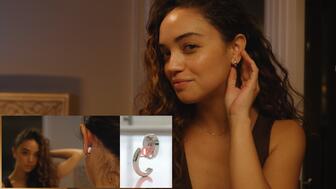
Billed as the world’s smallest wearable, Lumia Health’s new smart earrings have a health tracker subtly embedded in the back.

Don’t let those with December birthdays feel blue. Help them celebrate their month with blue zircon, turquoise, and tanzanite.

The new pink sapphire version of the piece dances with its wearer in the brand’s “Icons After Dark” holiday campaign.

























